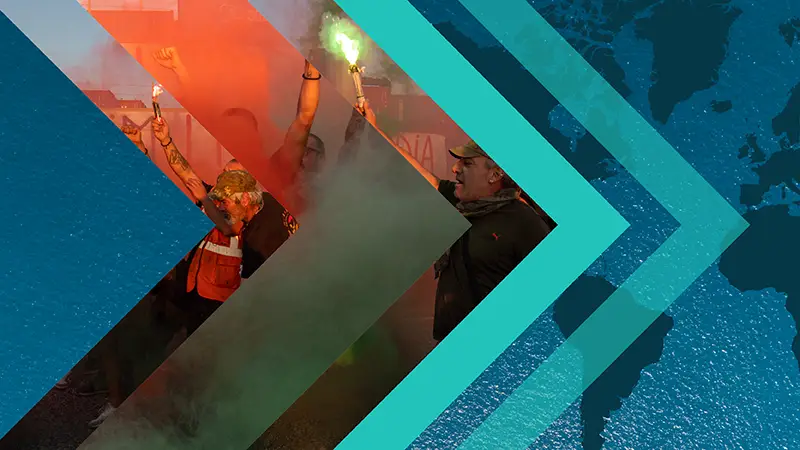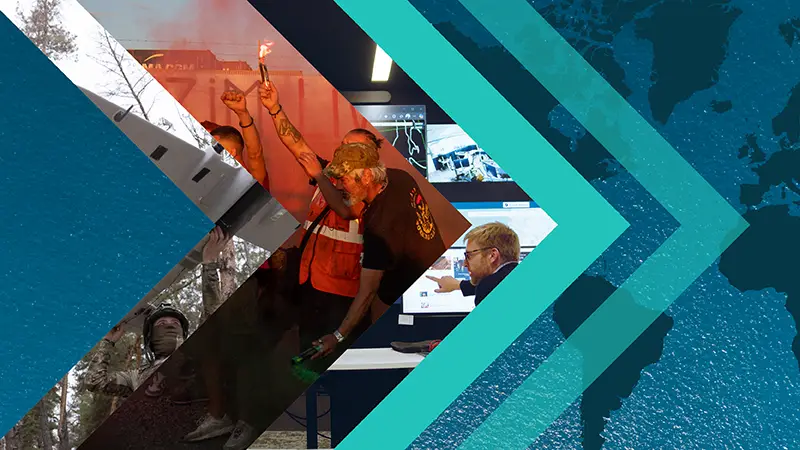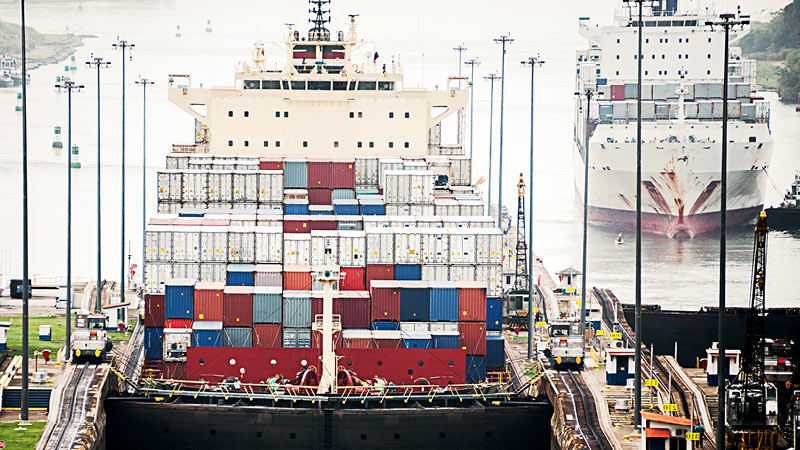
The New Rules - No Rules World
In 2026, companies face a world where traditional rules are fading.
As unpredictability and shocks become normal, a top risk for companies in 2026 is complacency in the face of volatility. The normalisation of chaos alongside some impressive adaptation work by many organisations does not eliminate risk, and it might mask it. The normalisation trap is that increased risk tolerance and decreased sensitivity risks leaving companies unprepared for events that seem minor on the surface but have profound implications for operations, supply chains, and security.
Risk management in 2026 requires adjusting to what is now normal - our new normal. Finely balanced geopolitical relationships are lowering further the thresholds for conflict escalation and heightening the chances of accidental flare-ups. The testing of boundaries, agreements, borders, promises and alliances is normalising. Political discourse is emotive, polarised. Digitalisation is rapid and absorbing. Extreme temperatures are already normal, and increasingly threaten supply chains, infrastructure and public health.
It is tempting to operate on the basis that the world is going through a temporary period of danger and inflammation. But in 2026, risk management best practice will require adjustment to the world as we find it – permanently changed, and still changing. With pragmatism and process, the companies who adjust risk management and strategy to accommodate our 2026 normal will be the first to capture opportunities emerging in fast-changing markets and sectors.
Normalisation is a kind of stability, and markets have proved resilient to geopolitical volatility. Risk tolerance has increased in some areas and sensitivity decreased in others. There is inertia in political and economic systems, and it takes more to move the dial when volatility is normalised.
But companies must not become numb to shocks. Wild cards are mainstreaming. Natural disasters, infrastructure failures and inter-state tensions may not reach headlines, but their implications for people, supply chains, and security are often no less profound. Each straw is a potential breaking point.
Companies need to build capacity to distinguish which shocks are just noise and which may have material consequences. Strategy planning and crisis management must incorporate less plausible and outlier scenarios to ensure preparedness and resilience. Core risk management principles of dynamism and proactivity have never been so important.
Shifting geopolitics, political and social trends are also generating new normal internal dynamics relating to risk management in companies. Political factors are taking precedence over commercial considerations in strategic and tactical decision-making.
Companies in 2026 will come under greater pressure to demonstrate loyalty – to governments, local communities, policy agendas, or geopolitical blocs. Decisions to move operations or switch suppliers have always been fraught with legal, reputational, operational, and security risks. But now, companies face excruciating trade-offs among market access, investment opportunity, talent acquisition, and regulatory compliance.
Effective risk management will require excellent internal communication and connectivity between functions to ensure that the implications of decision-making are well understood, and that they are managed effectively.
Finally, risk management is increasingly emotive. In 2026, discussion of sensitive subjects will challenge business leaders and risk teams. The status of countries and conflicts, AI's role in employment, and positioning on social, cultural and security concerns (including political violence, free speech, and sustainability) are central to how the business environment is evolving.
Open discussion about these issues should be core to strategic planning and risk management. But differences in perception and comfort in discussing risks threaten to silence us when we most need collaboration. The year ahead demands an approach incorporating respect for multiple perspectives, effective communication and proactive information-sharing, ultimately resting on a culture of trust.

In 2026, companies face a world where traditional rules are fading.

RiskMap 2026 explores the rise of activated societies mobilised by grievance, inequality, and distrust.

In 2026, organised crime is evolving to infiltrate industries and supply chains.

In 2026, compute will define global competitiveness.

Who are the risers and fallers? Where has risk increased or decreased? We have changed 27 countries' risk ratings this year. Download our global and regional maps now to find out.

Nick Allan, Control Risks CEO, looks ahead to the trends shaping business in 2026 and unpacks how businesses can remain resilient.

Get a deeper sense of what these trends mean for your business. Led by our experts, our bespoke interactive RiskMap briefing sessions are shaped by your budget and strategy.

Understand how geo-political and geo-economic trends impact your strategy, profitability, and operations.

Whether you are facing a complex crisis in an opaque jurisdiction or an imminent threat to life, Control Risks can help you navigate even the most difficult of circumstances.

Control Risks can help your organisation anticipate, prepare, respond and recover in the face of disruptive and increasingly digital change.